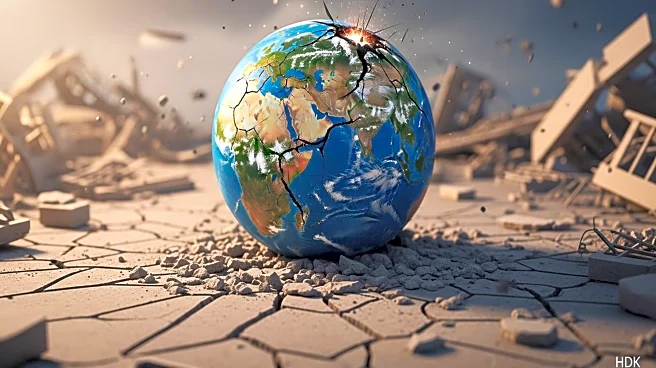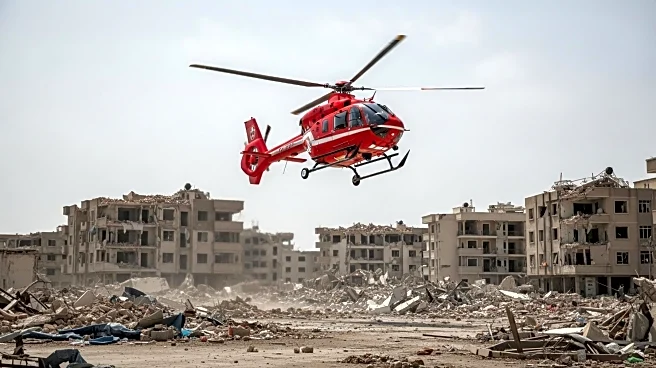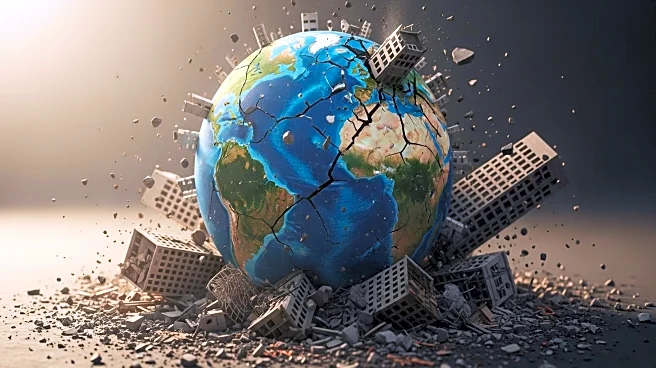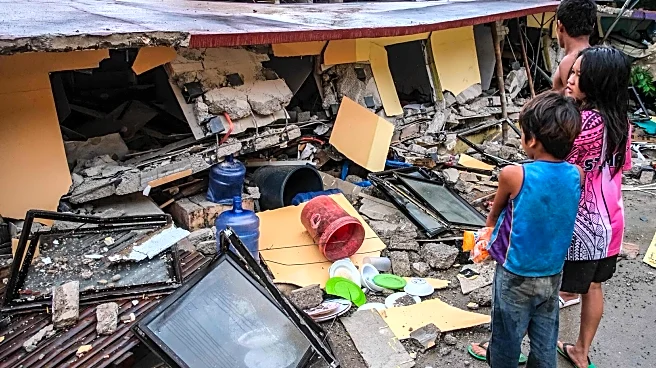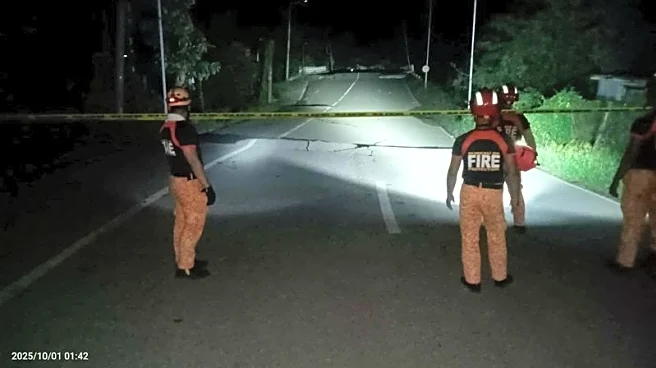What's Happening?
A 6.9 magnitude earthquake struck central Philippines, resulting in at least 69 fatalities and over 100 injuries. The epicenter was located in Bogo City, Cebu province, causing significant damage to buildings and infrastructure. The national disaster management agency reported that around 1,000 individuals were evacuated, and search and rescue operations are underway. The earthquake is the deadliest in the Philippines since 2013, when a tremor killed 222 people. The Philippines, situated in the Pacific Ring of Fire, is prone to frequent seismic activity. President Ferdinand Marcos Jr. has mobilized government agencies to assist affected communities and restore essential services.
Why It's Important?
The earthquake in the Philippines underscores the vulnerability of regions within the Pacific Ring of Fire to seismic events. The loss of life and destruction of infrastructure highlight the need for robust disaster preparedness and response strategies. The economic impact on Cebu, a major industrial and tourist hub, could be significant, affecting local businesses and tourism. The event also raises concerns about building standards and the resilience of structures in earthquake-prone areas. International aid and support may be necessary to assist recovery efforts and rebuild affected communities.

